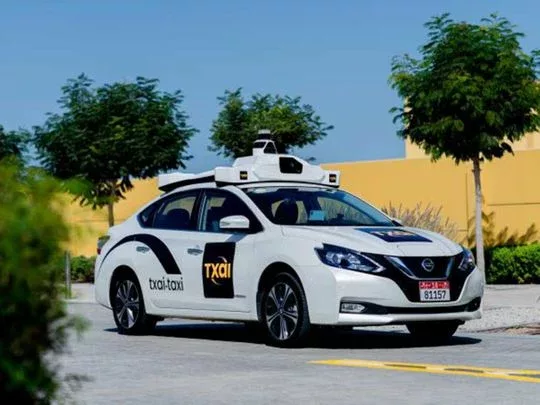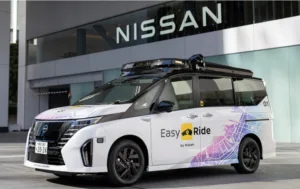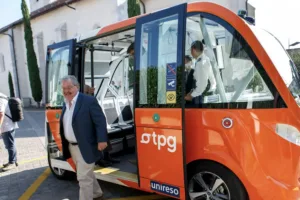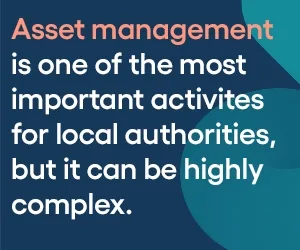A survey has rev that experts believe that the solution to improving road safety already exists in advanced driver assistance systems, such as automatic emergency braking, lane-keeping assistance, and blind spot monitoring, and not necessarily in self-driving technology.
Data from the Insurance Institute for Highway Safety (IIHS) supports the assertion. Its recent study shows that crashes under these scenarios have declined in vehicles equipped with driver assistance technology, says Techspot.
The Inside EV report cites automatic emergency braking (AEB) as an example. This system first uses radar and cameras to scan the road ahead. It then checks whether the driver reacts to potential hazards. If not, AEB automatically brakes, preventing a collision. The study concluded that AEB lowered rear-end crashes by a significant 50 percent.
Senior Researcher David Kidd explained that allowing more autonomy, such as that offered by Tesla’s Autopilot and GM’s Super Cruise, can have the opposite effect. These systems lull drivers into a sense of false security, leading them to become dangerously distracted and complacent over time.
“We’re not seeing any change in terms of safety,” Kidd claims. “[The] only benefits or any potential benefits are convenience and comfort.”
While Tesla touts its miles-per-accident stats to highlight Autopilot’s safety, high-profile fatal accidents involving self-driving cars have continued to occur, triggering federal probes. In one extreme incident, a Cruise driverless taxi ran over and stopped on a pedestrian hit by another vehicle. This accident prompted the California DMV to suspend GM Cruise’s permit.




























